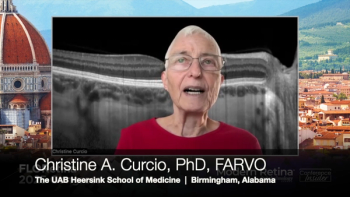
Stem cells in ophthalmology: fad or future?
John Morrow discusses the potential applications of stem cell therapy in retina disease treatment
Key Points
What are stem cells?
First of all, there is a good deal of confusion among the public - and even some professionals - as to what stem cells are, and there is even more misunderstanding over their therapeutic potential.
What makes them so intriguing?
Adult stem cells possess some unique advantages. These cells are derived from adult tissues and cultured using special procedures that favour their growth and isolation from a large non-stem cell population. Even if at present they seem to lack the versatility of embryonic stem cells, the fact that they can be generated from the patient's own tissues means there will be no immunological barrier to their acceptance.
This relative lack of plasticity has a positive side, in that adult stem cells are less prone to malignant transformation, a problem that has bedeviled work with embryonic stem cells. Moreover, because their development does not require the elimination of human embryos, a much wider range of funding support is open to investigations in this area. Although, in the US, restrictions are placed on National Institutes of Health (NIH) grant funding involving the use of embryonic stem cells, no such limitations apply to adult stem cells. And even the astronomical cost of tailoring cell lines for each individual patient is becoming less of a barrier as the cost of other treatment options spirals into the stratosphere.
Adult stem cells are, however, limited in their lifespan, because of the existence of the "telomere" - a protective blob of DNA and protein on the end of the chromosome. Through progressive cell divisions, telomeres gradually shorten, and their loss seems to limit the number of divisions an adult stem cell can complete. Embryonic stem cells retain their telomeres, but adult stem cells lose theirs and are not immortal, and technologies based on their use will have to deal with this limitation.
Newsletter
Get the essential updates shaping the future of pharma manufacturing and compliance—subscribe today to Pharmaceutical Technology and never miss a breakthrough.




